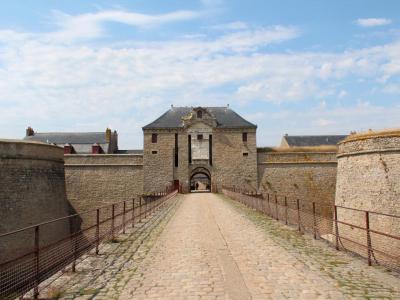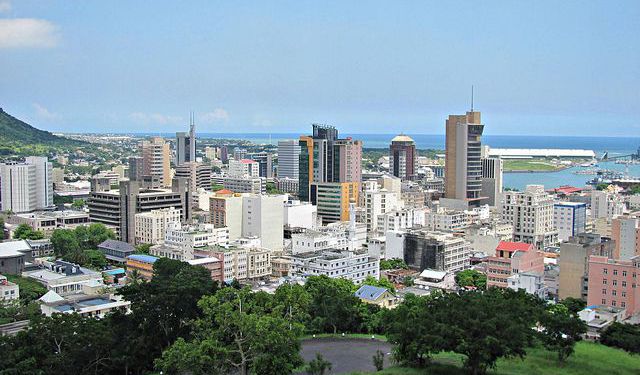Fort Adelaide, Port Louis
Fort Adelaide, also known as La Citadelle, is a significant symbol of early British rule in Mauritius. Built between 1834 and 1835 by Colonel Thomas Cunningham, the fort's construction faced challenges due to a labor shortage following the abolition of slavery. Initially, the British relied on apprentices, freed slaves, prisoners, and soldiers, but eventually, skilled workers were recruited from India to complete the project. Despite these difficulties, the fort was completed in 1840 and stands as a testament to the island's changing social landscape.
The fort was initially intended to defend Port Louis from potential invasions and suppress any local revolts, particularly in the tense atmosphere following the French Revolution of 1830. Located strategically on a hill overlooking the city, port, and surrounding mountains, Fort Adelaide was crucial for maintaining control. However, by the time it was finished, the situation in Mauritius had stabilized, and the fort was never used for its original military purpose.
Over time, Fort Adelaide became more of a symbol than a functional military site. It marked the transition from slavery to the era of Indian immigration, with its history closely tied to these significant shifts. The fort later served as a site for signaling important events and has since become a venue for cultural activities such as concerts and shows.
Today, Fort Adelaide is one of the few remaining forts from the British colonial period in Mauritius. Constructed from black basalt stones, it has been well-preserved and remains an important historical landmark. The fort stands as a reminder of Mauritius's complex past, reflecting the island's evolution during the British colonial era.
The fort was initially intended to defend Port Louis from potential invasions and suppress any local revolts, particularly in the tense atmosphere following the French Revolution of 1830. Located strategically on a hill overlooking the city, port, and surrounding mountains, Fort Adelaide was crucial for maintaining control. However, by the time it was finished, the situation in Mauritius had stabilized, and the fort was never used for its original military purpose.
Over time, Fort Adelaide became more of a symbol than a functional military site. It marked the transition from slavery to the era of Indian immigration, with its history closely tied to these significant shifts. The fort later served as a site for signaling important events and has since become a venue for cultural activities such as concerts and shows.
Today, Fort Adelaide is one of the few remaining forts from the British colonial period in Mauritius. Constructed from black basalt stones, it has been well-preserved and remains an important historical landmark. The fort stands as a reminder of Mauritius's complex past, reflecting the island's evolution during the British colonial era.
Want to visit this sight? Check out these Self-Guided Walking Tours in Port Louis. Alternatively, you can download the mobile app "GPSmyCity: Walks in 1K+ Cities" from Apple App Store or Google Play Store. The app turns your mobile device to a personal tour guide and it works offline, so no data plan is needed when traveling abroad.
Fort Adelaide on Map
Sight Name: Fort Adelaide
Sight Location: Port Louis, Mauritius (See walking tours in Port Louis)
Sight Type: Attraction/Landmark
Guide(s) Containing This Sight:
Sight Location: Port Louis, Mauritius (See walking tours in Port Louis)
Sight Type: Attraction/Landmark
Guide(s) Containing This Sight:
Walking Tours in Port Louis, Mauritius
Create Your Own Walk in Port Louis
Creating your own self-guided walk in Port Louis is easy and fun. Choose the city attractions that you want to see and a walk route map will be created just for you. You can even set your hotel as the start point of the walk.
Port Louis Introduction Walking Tour
Port Louis, the capital of Mauritius, is a colorful blend of French, Indian, and African influences. Nestled on the northwest coast of the island, this major commercial port boasts a wealth of colonial past carefully preserved and reflected in local architecture.
Initially a Dutch harbor known as Harbour of Tortoises in 1606, the city became the administrative center of Mauritius under French... view more
Tour Duration: 2 Hour(s)
Travel Distance: 3.4 Km or 2.1 Miles
Initially a Dutch harbor known as Harbour of Tortoises in 1606, the city became the administrative center of Mauritius under French... view more
Tour Duration: 2 Hour(s)
Travel Distance: 3.4 Km or 2.1 Miles




